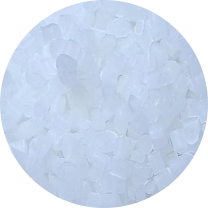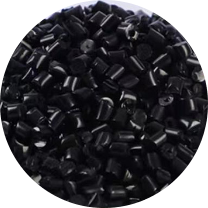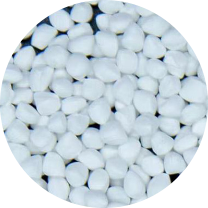How to choose the right Functional Masterbatch to improve product performance
Choosing the right Functional Masterbatch is a key step to improve the performance of plastic products. Here are some key factors and steps to help you make a wise choice:
1. Clear requirements
Performance requirements: Determine what specific properties your plastic product needs, such as UV resistance, antibacterial, antistatic, flame retardant, etc.
Application areas: Consider the final application of the product, such as packaging, automotive parts, building materials, etc. Different applications have different requirements for masterbatches.
2. Choose the right functional additives
Ultraviolet (UV) additives: If the product will be exposed to sunlight, choose a masterbatch with good UV resistance.
Antibacterial agent: For medical or food packaging products, antibacterial masterbatches can provide additional protection.
Flame retardant: If you need to improve the flame retardant properties of plastics, choose a special flame retardant masterbatch.
Antistatic agent: In electronic products, antistatic masterbatches can prevent static electricity accumulation.
3. Consider the compatibility of the masterbatch
Substrate compatibility: Ensure that the selected masterbatch has good compatibility with the plastic substrate (such as PE, PP, PVC, etc.) to ensure stable performance and processing results.
Processing conditions: Understand the performance of the masterbatch during processing, such as melt fluidity, dispersibility, etc., to ensure that it can adapt to your production process.
4. Performance testing and verification
Laboratory testing: Before actual use, verify whether the performance of the masterbatch meets the expected requirements through laboratory testing.
Long-term stability: Evaluate the long-term stability and durability of the masterbatch in the actual use environment.
5. Cost-effectiveness analysis
Economical efficiency: Consider whether the cost of the masterbatch is proportional to the performance improvement it brings. High-performance masterbatches are usually more expensive, but may bring better product quality and market competitiveness.
Supply chain: Choose suppliers with a stable supply chain to ensure timely supply and consistency of raw materials.
6. Supplier selection
Reputation and experience: Choose suppliers with good reputation and rich experience, who are usually able to provide higher quality products and professional technical support.
Technical support: High-quality suppliers usually provide technical support to help solve problems in use and optimize formulations.
7. Environmental and regulatory requirements
Environmental requirements: Ensure that the masterbatch meets environmental protection standards and regulatory requirements, especially when it comes to food packaging or medical applications.
Regulatory compliance: Understand the regulatory requirements of the target market and select masterbatches that comply with relevant regulations.
8. Product life and maintenance
Durability: Consider the impact of the masterbatch on the product life and select functional masterbatches that can improve product durability and reduce maintenance requirements.
Ease of maintenance: Some functional masterbatches may affect the maintenance and maintenance of the product, and these factors need to be evaluated.
By comprehensively considering the above factors, the most suitable Functional Masterbatch can be selected to improve the overall performance and market competitiveness of plastic products.



 English
English 中文简体
中文简体 한국어
한국어 عربى
عربى













